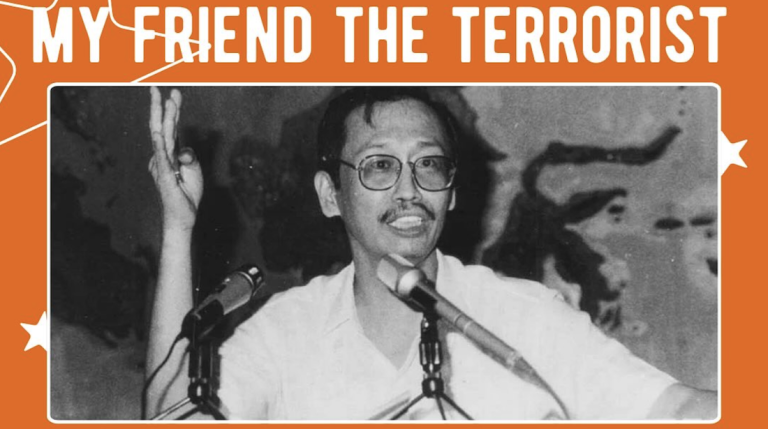
A captivating portrait of Jose Maria Sison, ‘Ka Joma,’ the revolutionary founder of the Communist Party of the Philippines, whose decades in exile become a testament to love, conviction, and the complexities of labeling dissent.
New York, N.Y. — The film My Friend, the Terrorist, directed by Canadians Malcolm Guy and Demetri Estdelacropolis, offers an unvarnished but deeply empathetic look at the legendary Jose Maria Sison—a firebrand for some, a terrorist for others.
From his formative years as the founder of the Communist Party of the Philippines (CPP) to his decades-long exile in the medieval calm of Utrecht, Netherlands, this finely crafted documentary is as notable for its tenderness as for its historic sweep.
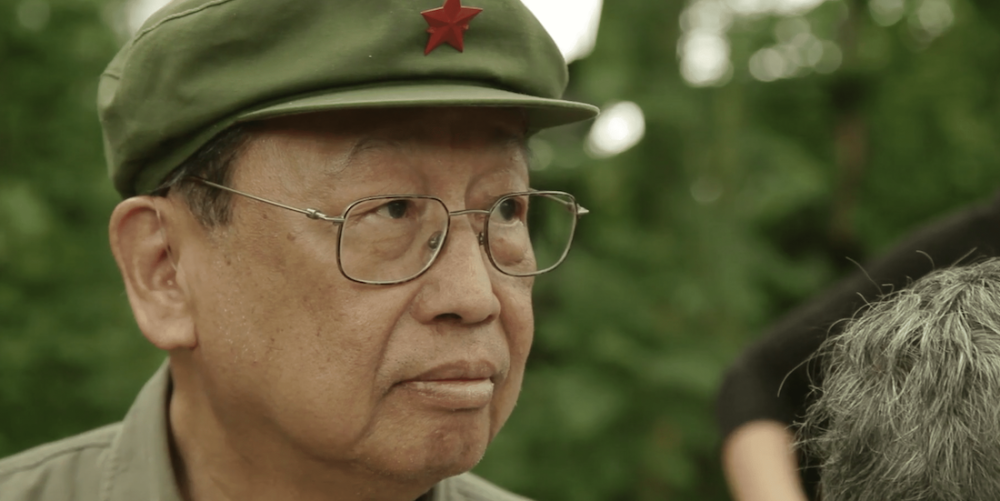
Legacy of Revolution: Beyond Labels and Borders
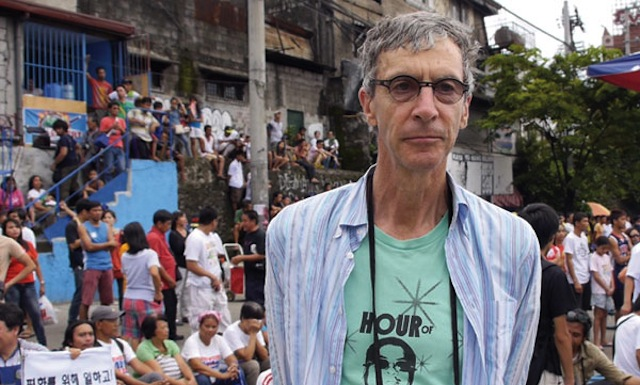
How does one narrate the life of a person who simultaneously evokes comparisons to Fidel Castro, Mao Zedong, and Che Guevara?
Jose Maria Sison, ‘Ka Joma,’ was not only the architect of the CPP and its armed wing, the New People’s Army (NPA), in the turbulent 1960s Philippines; he was a thinker whose activism brought him admiration and notoriety in nearly equal measure.
Branded a terrorist by the U.S. State Department, the Philippine government, and even some E.U. bodies, Sison’s struggles ripple outward, highlighting the ambiguities that accompany acts of revolutionary defiance.
Yet, what My Friend, the Terrorist achieves—often in subtle, quiet moments—is the reclamation of Sison’s humanity. With fluid storytelling and intimate access, directors Guy and Estdelacropolis let viewers step beyond headlines and state designations, revealing a life more nuanced than easily defined labels allow.
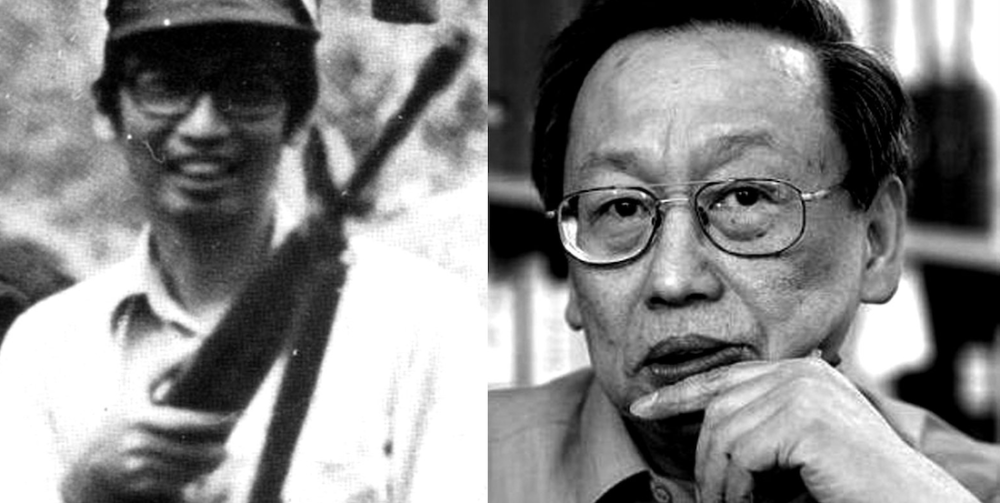
Portrait of Exile: Utrecht as Sanctuary and Prison
Since losing his passport in 1987, Sison has lived over 10,000 kilometers from his homeland, his days largely reduced to a hand-to-mouth existence in Utrecht’s scenic streets.
Here, Sison’s public battles intersect poignantly with the personal sacrifices of exile.
The medieval Dutch city of Utrecht, serene and historic, becomes paradoxically both a sanctuary from political persecution and a gilded cage, hauntingly distant from the chaos and energy of Manila.
What emerges is a study in contrasts: Manila’s relentless hustle and political maelstrom set against the muted routines and reflective calm of life in the Netherlands.
The separation is more than physical; it is existential, highlighting the ways in which exile can preserve life while also eroding the self.
Enduring Love: Intimacy in the Aftermath of Upheaval
At its core, this is a story of love—one shaped by revolution but nourished by partnership. Sison’s marriage to Julieta de Lima, now 84, is rendered with rare warmth. As the couple navigates their modest existence, the directors chronicle a legacy not only of political ideology, but of mutual devotion.
Their love story, interwoven through interviews and everyday moments, speaks to the radical resilience that often buttresses political struggle. In choosing to foreground intimacy, the film refuses to reduce these figures to mere polemic; instead, it allows audiences to glimpse the humanity at the heart of history.

The Meaning of Terror: Framing Dissent in the Modern World
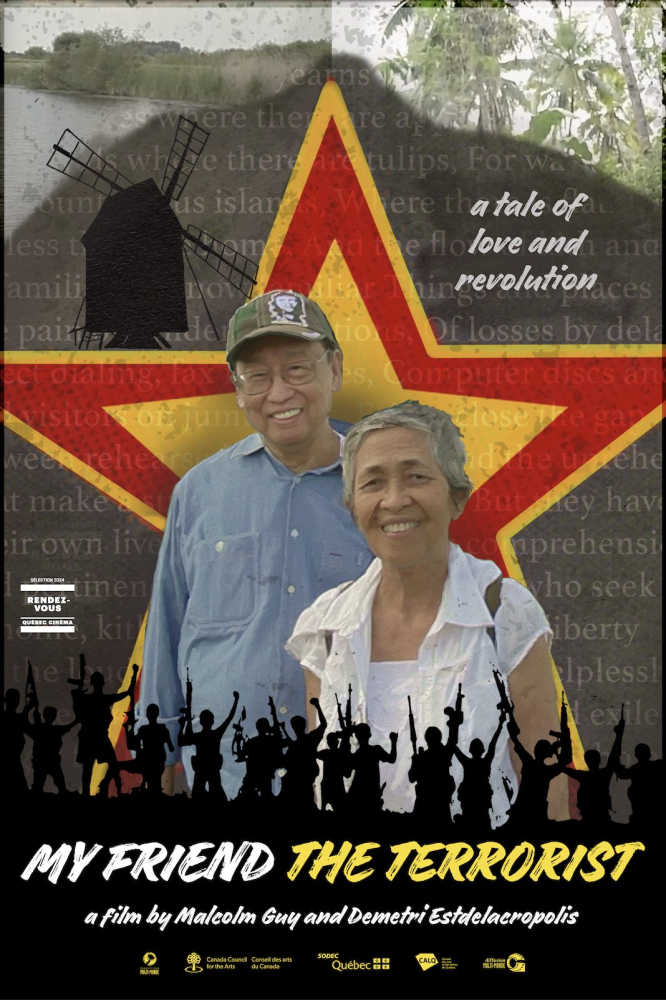
Most provocatively, My Friend, the Terrorist invites viewers to interrogate the meanings and mechanics behind the designation “terrorist.”
Through archival footage, first-person interviews, and nuanced voiceover, the film probes the frameworks by which governments, institutions, and publics come to label dissent as violence—or vice versa.
The effect is not to excuse or condemn, but to spark inquiry: Whose revolution becomes history, and whose becomes infamy?
Along the way, questions of morality, power, and national destiny echo—reminding us how even one life, lived in pursuit of greater justice or upheaval, can unmoor longstanding certainties about legitimacy, rebellion, and hope.
Visual and Narrative Strengths
The documentary’s visual palette is quietly compelling. Shots of Utrecht’s cobblestone streets and canals punctuate the narrative, functioning almost as silent witnesses to the passage of time.
Meanwhile, time-capsule footage from 1960s and 1970s Philippines anchors viewers in the era’s hot currents of activism and state response, providing vital historical context for Sison’s decisions and sacrifices.
Complemented by expert, deliberately paced editing, the film achieves a balance between historical gravitas and contemporary resonance.
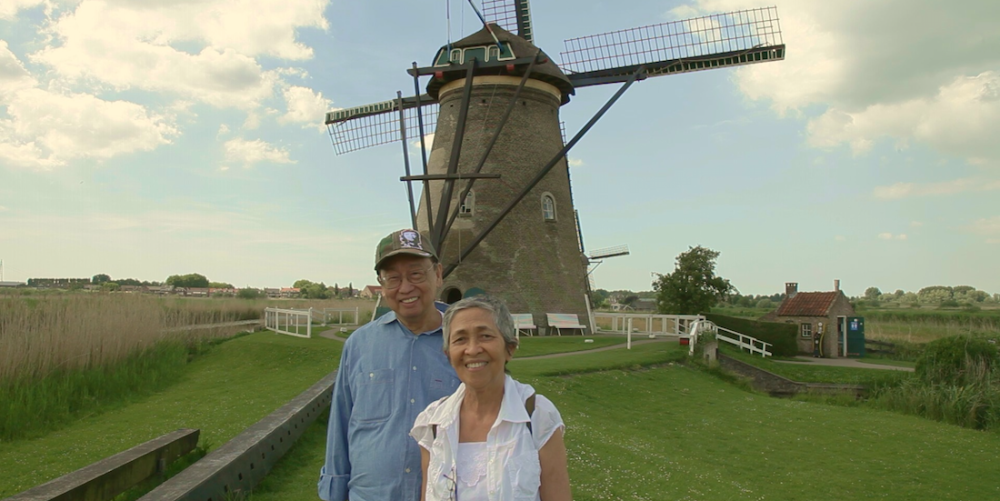
A Call to Reflect: History’s Heroes, History’s Villains
It is impossible to view My Friend, the Terrorist without considering how contemporary society continues to weaponize labels against political adversaries or popular movements. Sison’s saga is as relevant in today’s climate of protest, crackdown, and global migration as it was at the height of cold-war era insurgency.
As the end credits roll, one is left with less a sense of closure and more an invitation to reflect. The struggle for justice—and the struggle over who defines it—remains both deeply personal and endlessly contested.
My Friend, the Terrorist: Revolution, Exile, and Love in the Shadow of History (July 30, 2025)
75-Word Audio Summary
My Friend, the Terrorist explores the life of Jose Maria Sison, founder of the Communist Party of the Philippines. Through interviews and archival images, directors Guy and Estdelacropolis trace Sison’s decades in exile, his enduring love with wife Julieta, and their resilience against the “terrorist” label. Set between Manila and Utrecht, the film is both historical investigation and intimate love story, prompting viewers to challenge simplistic understandings of revolution and dissent.